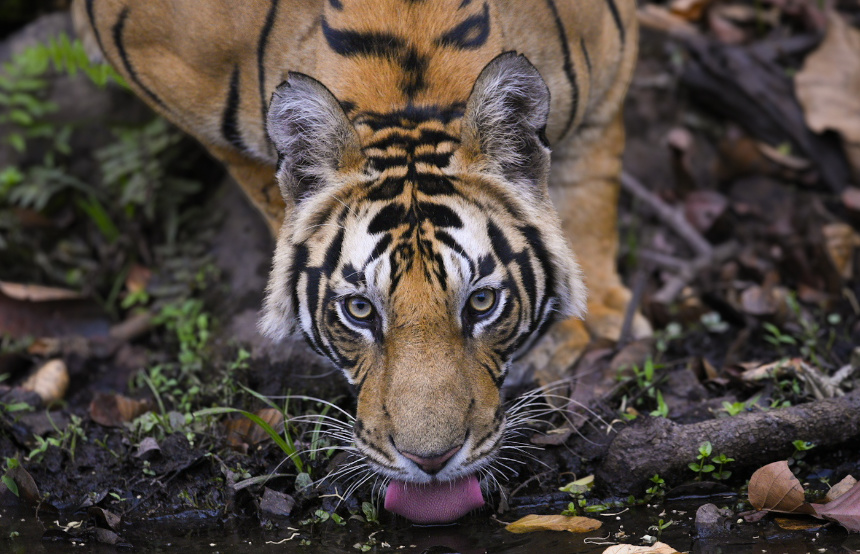
Published 23rd Jun. 2025
Written by Hannah Whitehall
Reading time
With their sleek, tangerine-tinged coats, piercing eyes and commanding presence, nothing beats the thrill of seeing a tiger in the wild. And where better than in India, home to the largest population on Earth? But when it comes to the best time to see tigers in India, it all depends on what you want from your trip. Whether you’d rather vivid green landscapes or crowd-free safaris, we’ve got the insider intel on when to see India’s famous big cats. Limited permits are available for visiting the country’s national parks and tiger reserves, so just make sure you book well in advance…
1. October to December
2. January to April
3. May and June
Best for: lush green scenery
October ushers in India’s peak travel season, with national parks opening once again after the monsoon rains. Daytime temperatures are warm (and becoming less extreme as winter arrives), so it’s a great time for tiger safaris. Thanks to the downpours, Central India’s parks are also at their most beautiful; think vivid green grasses, gushing rivers and thriving forests. This is also a fantastic time for birdwatching, with many migratory species arriving from across Europe and Asia.
While dense vegetation might mean it’s harder to spot tigers, in our humble (and expert) opinion, this only makes the search more exciting. In fact, November is the favourite tiger-spotting month for Frances, our Conde Nast Traveler specialist for India. Not only are November’s verdant landscapes at their best, but mist curls up from the ground on chilly mornings and creates an unforgettable atmosphere (whether you see a tiger or not). These conditions are also a photographer’s dream, as the tigers’ vivid orange fur stands out beautifully against the surrounding green foliage.

Image by Frances Mavor
Best for: optimal weather conditions
Visitors can expect more misty mornings during January. It’s still trickier to spot tigers, but cooler conditions make this a great time to visit for those who don’t like the heat. Whether you head to picturesque Pench or regal Ranthambore, just make sure to wrap up warm for early morning game drives (when tigers are most active). During these months, if you’re lucky enough to see a tiger on a crisp morning outing, you’ll even be able to see its breath. Pretty cool stuff.
Between February and April is typically the best time to see tigers in India, owing to the dry weather and increasing (yet still pleasant) temperatures drawing tigers to permanent water sources. Better yet, as the vegetation thins out, parks become drier and dustier, making it easier to spot the ferocious felines prowling the landscapes.
This is still the high season in India, so you can expect parks like Kanha, Satpura and Bandhavgarh to be teeming with wildlife enthusiasts. For fewer crowds, head to the less-explored Dudhwa National Park, home to a significant big cat population as well as the endangered Indian rhinoceros, swamp deer and over 400 bird species.

Image by Frances Mavor
Best for: keen wildlife photographers
Thanks to the sweltering heat in May and June, you have a high chance of seeing tigers as they congregate around the last remaining water sources. For eager photographers who can handle (extreme) heat, these months can be the best time to see tigers in India.
For most people, however, the stifling temperatures can make trips at this time of year uncomfortable. Tiger sightings only tend to be early in the morning or later in the afternoon when temperatures are cooler. While the very hot weather can put off most visitors, this means that the parks are largely crowd-free, and you can tiger-spot in peace. You’ll also get the best deals on accommodation during these months – just make sure you’re staying somewhere with AC…
It’s worth noting that national parks will close at the end of May or later, before the monsoon season begins.

Image by Photocech / Stock Adobe
Written by Hannah Whitehall | Header image by Frances Mavor
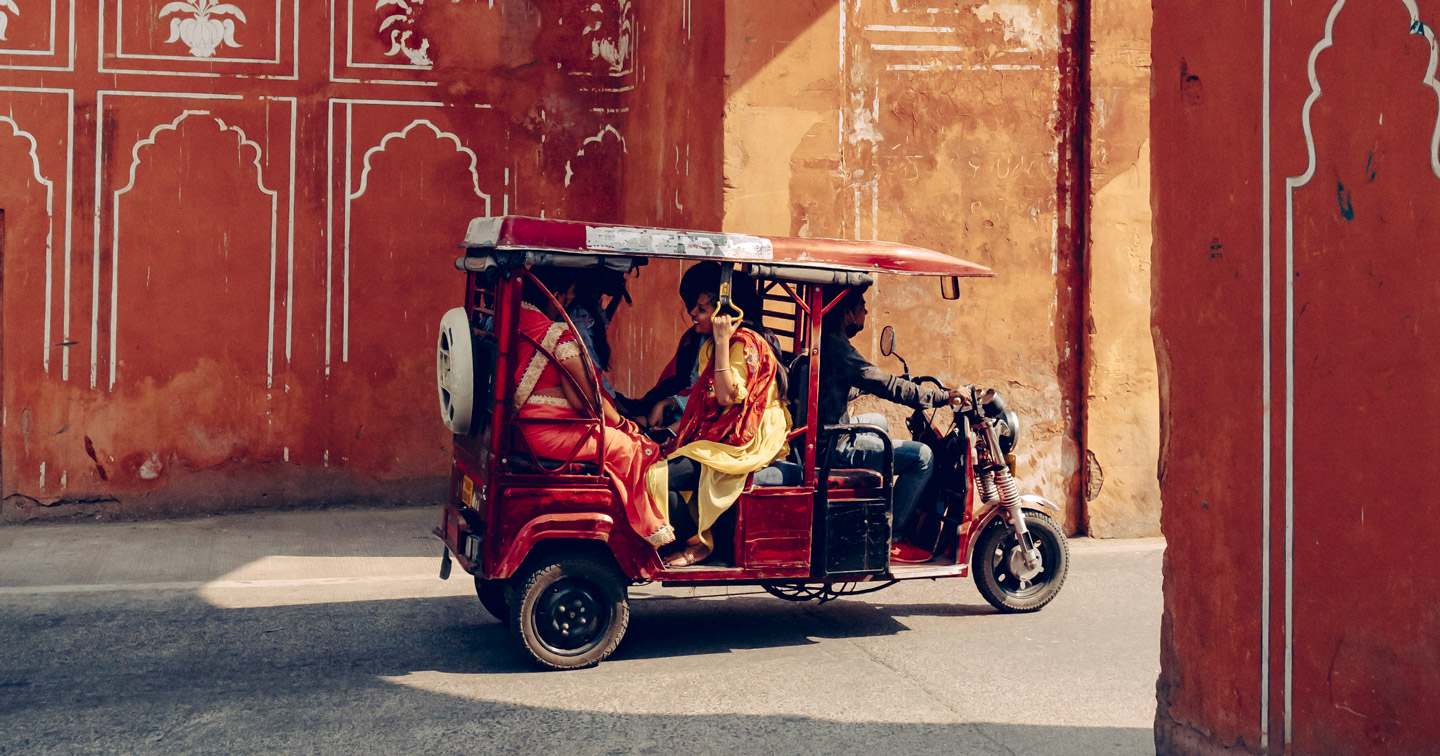
Our eager experts have explored India from its mountainous north to its tropical south in search of the best destinations, experiences and properties. In-country, our passionate team of Concierges share a love of India and are always on hand to impart extensive knowledge of their country. Working with phenomenal local guides across the country, we tailor experiences to your specific interests, from family-friendly block printing in Jaipur to city food tours and off-the-beaten-track wildlife safaris. Whether you’d rather call a historic palace or a humble guesthouse home, we can offer your dream accommodation while in India.
ENQUIRE NOWPractical advice and inspiration for your next trip
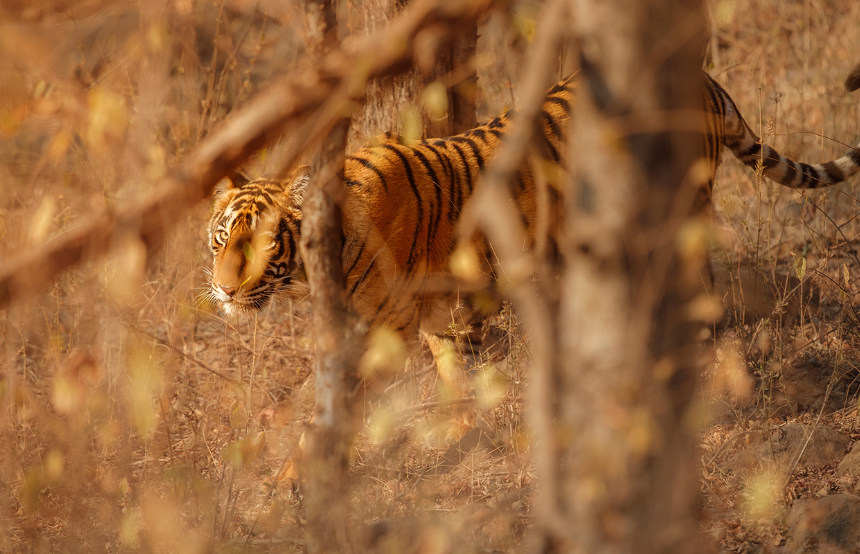
Searching for the best safaris in India? We’ve got you covered. Whether you’re keen to track tigers in Madhya Pradesh, admire Asiatic lions in Gujarat or photograph forest eagle owls in Kerala, your India holiday awaits. While Bengal tigers steal the limelight in Bandhavgarh National Park, don’t forget about the shaggy sloth bears (though they’re not as cuddly as they look). Feeling up for the adventure?
15th September 2025 - India Safari & Wildlife
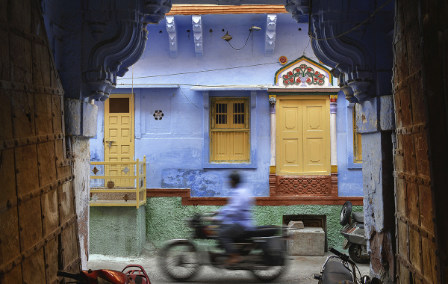
India has long been a favourite destination here at Original Travel. It's the kind of country that inspires a lifelong affinity; travellers become hooked on the kaleidoscope of colour, energy and spirituality that pulsates throughout the nation. From India’s remarkable landscapes and diverse cities to its thriving wildlife and creative cuisine, there’s always more to explore. Keen to discover more reasons to visit India?
25th May 2025 - India Travel Inspiration
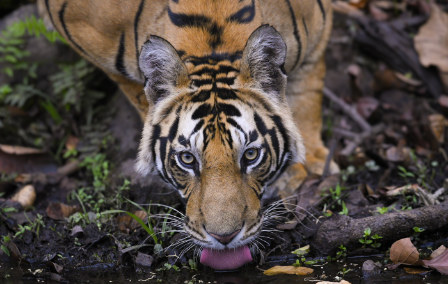
With their sleek, tangerine-tinged coats, piercing eyes and commanding presence, nothing beats the thrill of seeing a tiger in the wild. And where better than in India, home to the largest population on Earth? But when it comes to the best time to see tigers in India, it all depends on what you want from your trip. Whether you’d rather vivid green landscapes or crowd-free safaris, we’ve got the insider intel on when to see India’s famous big cats.
23rd June 2025 - India Safari & Wildlife

Our team of destination experts will get to know you and your unique requirements for your holiday

We work with you to build an ultra-personalised holiday itinerary with your choice of accommodation, experiences and activities

All of our holidays include little extras designed to make a big difference to your trip, from fast-tracking you through airport check-in and security to our network of local Concierges